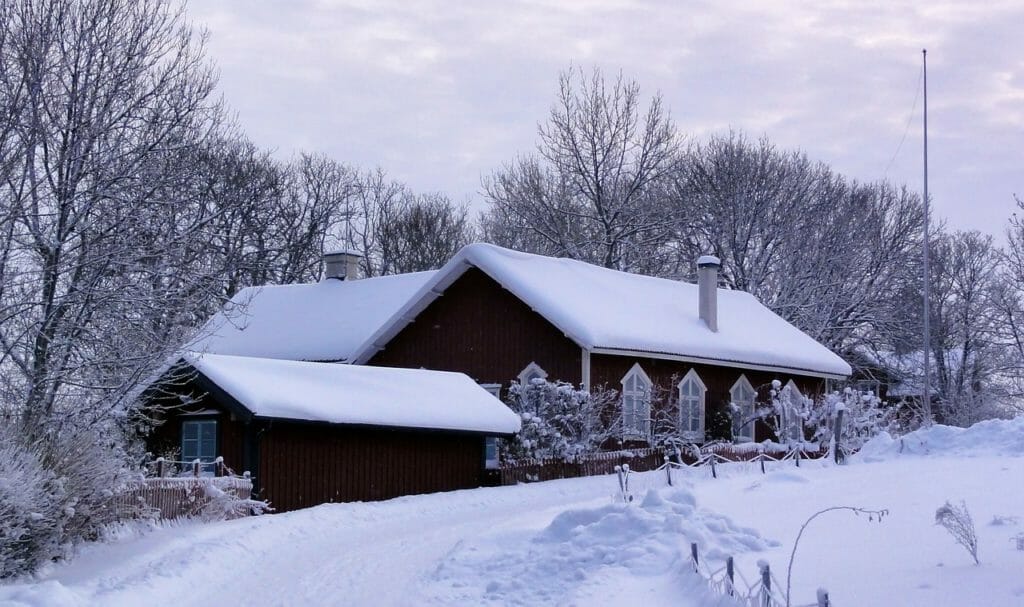The weather has been rather mild so far in Maryland. Usually we have one or two snow storms by this time of year, but some parts of Maryland have not seen a single snowflake yet. What does it mean? Maybe nothing or maybe it means that Mother Nature will unleash her winter fury later. Either way, right now is probably the toughest time for your asphalt driveway. Moisture and the freezing/melting cycles can cause a lot of damage. Keep an eye on your driveway this winter and look out for these types of cracks that may develop. Our Maryland driveway paving experts are here today to explain to you what the different cracks mean and how to address them.
Alligator Skin Cracks
These cracks are frequent and connect with each other, making a pattern on your driveway similar to that of alligator skin. You could also picture cracked dirt in a puddle that just dried up. But unlike the dirt in a puddle, alligator cracks on asphalt don’t come from over-drying. Because they are typically widespread, they are often a sign of structural failure. It’s possible that the asphalt was laid too thinly or that the driveway base is weak and poorly compacted. The asphalt will start cracking under the wight of your vehicle and the cracks will later spread.
Linear Cracks
Sometimes, your asphalt driveways may crack straight down the middle or straight across. This also often indicates a structural failure. Sometimes, these cracks happen along the joints where a fresh batch of asphalt was joined with asphalt that was already laid. This is more common on roads that are laid lane by lane. However, if your asphalt driveway was laid entirely or partially over concrete, you may also see these linear cracks right over the concrete joints. This is one of the known risks of this type of driveway installation.
Random Shape Cracks
These cracks are also uneven like the alligator skin ones, but they are not as close together and create larger blocks. These cracks may happen as asphalt ages and dries out. Or they could happen on fresh installations if the asphalt mix was not properly prepared. The asphalt surface of your driveway needs to be able to expand and contract with temperature changes. If it’s too stiff, it may crack when the cold weather rolls in and asphalt shrinks.
Edge Cracks
Many driveways start cracking and then crumbling away along the edges and there are numerous reasons why this could be happening. If your driveway’s drainage system wasn’t planned well, it’s possible that the water is accumulating along the edges and getting under the asphalt surface. If you have heavy vegetation along your driveway, these plants and shrubs could also be contributing to cracking with their invasive root systems. Finally, the edge of your driveway could have been laid without any reinforcements or proper shaping, making it crumble under foot or vehicle traffic.
Potholes
We are all familiar with potholes, so no need to explain to you what they are. The interesting thing is that potholes don’t form overnight—there are often many signs of trouble you could notice and steps you can take to prevent a pothole from developing. A pothole is typically a result of water penetrating through the asphalt layers and causing it to crack through all the layers. When several cracks connect, a chunk of your driveway comes loose and can be lifted up by the wheels of your car. Alligator skin cracking frequently leads to potholes if not addressed.
Upheaval
Asphalt upheaval looks like a prominent bump on the asphalt surface with cracks on its ridge. Upheaval typically happens when the soil underneath the driveway becomes saturated with water or when ice forms under it and causes the soil to expand and push out.
Do any of these asphalt defects sound familiar? Some of them can be easily patched, while others may require more involved patching and even full or partial driveway replacement. Give us a call and we’ll help you evaluate your situation and decide on the best way to fix your driveway.




